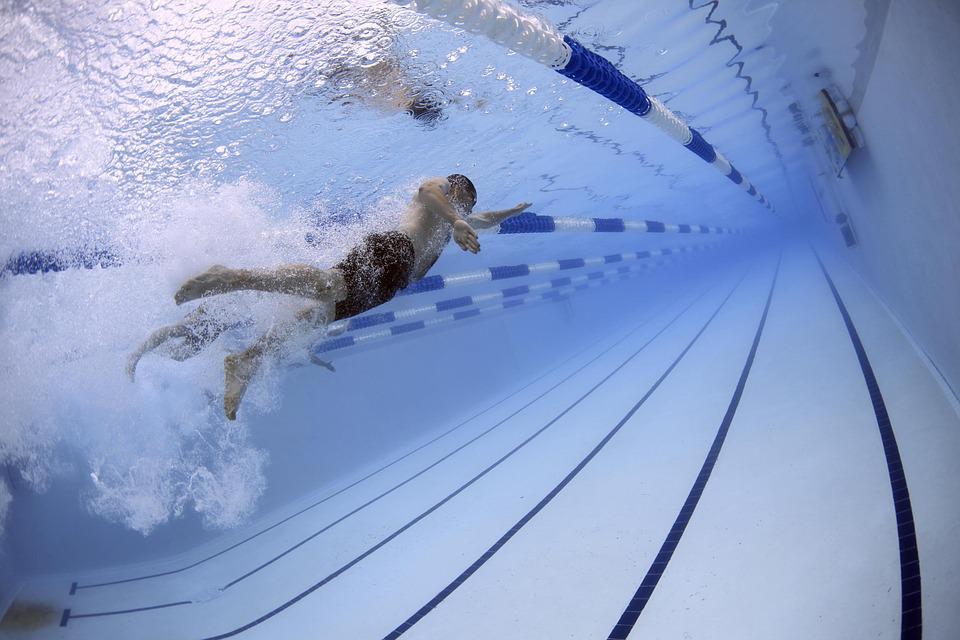Swimming and physical therapy go hand and hand when it comes to certain physical limitations. Physical therapy concerns itself with rehabilitating people with physical injuries or impairments through a number of specialty areas. Areas of concern can include cardiovascular, orthopedic, geriatric, pediatric, and general sports therapy. The growth of physical therapy as a profession has come about in the last 20 years and typically professionals will concentrate on one area of specialty. As a result, it is very common to have a team of physical therapists that deal with a single patient.
Swimming and Physical Therapy Goals
The sole goal is to get a patient mobile again with as few limitations as possible. Because injuries can affect multiple areas of the body, it can often be necessary to have a holistic view of therapy rather than just looking at one area. Known as physiotherapy in some countries, the goal is often achieved by completing a number of small goals along the way. A patient with a broken leg for instance may ultimately want to have full motion back but will do so by first standing unaided, then walking, then running, and so on.
 Swimming is often used in physical therapy as a tool to recover. Swimming is excellent for overall health, easily accessible and the risks involved are lower than most other forms of exercise. Swimming is often characterized by being a very low impact style of exercise so it is perfect for rehabilitating patients. Where physical impairments or injuries might hinder a patient from running or using exercise equipment, they can often swim to some degree as there is more support for the body and less stress when they are in the water.
Swimming is often used in physical therapy as a tool to recover. Swimming is excellent for overall health, easily accessible and the risks involved are lower than most other forms of exercise. Swimming is often characterized by being a very low impact style of exercise so it is perfect for rehabilitating patients. Where physical impairments or injuries might hinder a patient from running or using exercise equipment, they can often swim to some degree as there is more support for the body and less stress when they are in the water.
Hydrotherapy
Hydrotherapy is a form of treatment for pain relief that emerged from swimming being a proven form of exercise for injuries. The term is actually quite broad and approaches both treatment and therapeutic methods of healthcare. The changing of pressure and temperature within the water can be used to alter the blood circulation which can help certain diseases. The use of hot and cold water can also be used to treat joint and muscle injuries. Rheumatic disease and burn injuries can also be treated via hydrotherapy. An entire division of occupational health and physical therapy has come from using water as a method of treatment and is very well established in many countries across the world.
Aqua- Aerobics
While swimming is useful for physical therapy, it is not always practical for varying reasons. Thus, aqua exercise and aqua-aerobics have emerged as useful alternatives. Based on the principles of traditional swimming, it takes the form of a normal aerobics routine or exercise class but in a swimming pool and usually at waist height. By using the natural resistance of the water, the exercise can be very useful by both increasing the work rate of the muscles and also softening the impact on them (along with the joints) at the same time.
Conclusion
Swimming has a natural effect on well-being and the body’s emotional state. Swimming can help reduce stress levels and have a calming effect which will help both overall well-being and aid in the recovery of injuries. Dependent upon the work rate, swimming can be a calming exercise that is found in very few alternatives that can help on the road to recovery. This is an aspect of the human body that physical therapists must consider as placing too much stress on a patient could hinder their progress or cause further damage.
